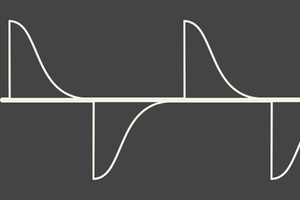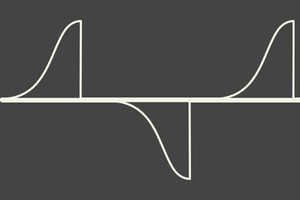12V Dimmable LED Lights
A product we have a significant number of enquries about is 12V dimmable LED lights, but these prove to be tricky to find & often problematic. Today we're going to try and explain some of the issues around dimmable LED lights.
Can't I just buy a dimmer switch?
Some may think it is as simple as buying a dimmer switch and installing it instead of a regular switch, but sadly this is not the case. There are several different types of dimming technology, but for now we will stick with the two most popular which are Leading Edge & Trailing Edge, which operate by changing the waveform of the light's power source. As DC does not operate in a wave, these types of dimmer switches tend not to work on LED Lights in a 12V DC set-up.
Leading Edge dimmers are the older, more traditional type of dimmer switch that you are likely familiar with, and these work on incandescent and halogen bulbs. Designed to work with higher wattages, these tend not to work with lower wattage lights like LEDs and can produce humming/buzzing, flickering and even premature failure of the light. Leading-Edge dimmers cut the front edge of the start of each wave's half cycle.

Trailing-Edge dimmers have been designed to work with compatible LED Lights &, as a result, are becoming more popular as we switch to more energy-efficient lights. These types of dimmers are designed for the lower wattages typical of LED Lights & are digital in their make-up. By cutting off the back edge of the wave's half cycle, it allows the dimmer to have a softer start & silent running.

12V DC Dimming Options
There are some options for 12V DC dimming and the more popular are PWM (Pulse Width Modulation) & CCR (Constant Current Reduction).
A PWM dimmer works by switching the LED Light on & off at a high frequency. The human eye is unable to detect this rapid switching but it is perceived as a reduction in brightness. The faster the switching, the shorter the 'on-time' and the lower the brightness, and vice-versa.
CCR works by reducing the current being supplied to the light, thereby reducing the overall brightness. Because the light may be provided with a current below the recommended level, some colour change may occur in the light as a result. This method of dimming cannot be used with mains-powered LED Lights that are run by constant voltage drivers to convert 230V AC to DC voltage.
Dimmable & non-dimmable LED lights.
Sadly not all LED lights are designed to be dimmed. Non-dimmable lights will be designed to simply operate in an on/off configuration. The circuity inside these lights is unable to handle the special phase forms and this can result in damage to the light itself. Using dimmers can also shorten the lifespan of these lights, meaning you'll find yourself replacing them more often than expected.
Dimmable LEDs have circuitry specially designed to handle the various phase forms, currents or high demands of being switched on & off rapidly by the dimmer switch. Even so, experience has shown these lights to be more prone to faults as the internal circuity is more complex.
Our LED lights
In the past we have stocked dimmable LED lights, however, we found the lifespan of these lights to be less than expected compared with non-dimmable versions. Also, as a result of the more complex design, we have had several customers contact us with faulty units, whilst the non-dimmable versions suffered no such issues. At the moment, following our experience and customer feedback, all our LED lights are non-dimmable to ensure we offer products that have a long lifespan and are highly reliable, but we will continue to work with our suppliers to source high quality, reliable dimmable LED lighting solution as they become available.
Disclaimer
The information contained in this article is provided in good faith and we do our best to ensure that it is accurate and up to date, however, we cannot be held responsible for any damage or loss arising from the use or mis-use of this information or from any errors or omissions. The installer is ultimately responsible for the safety of the system so if you are in any doubt, please consult a qualified electrician.
